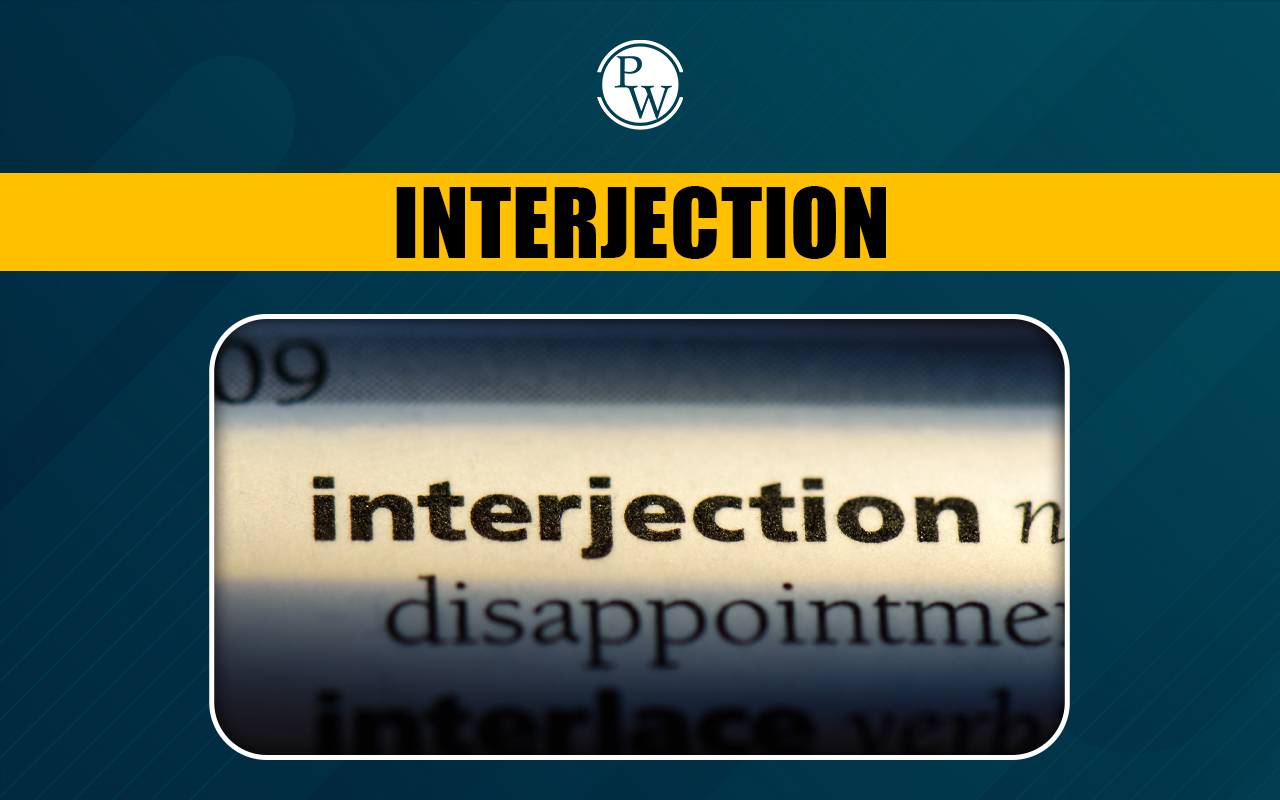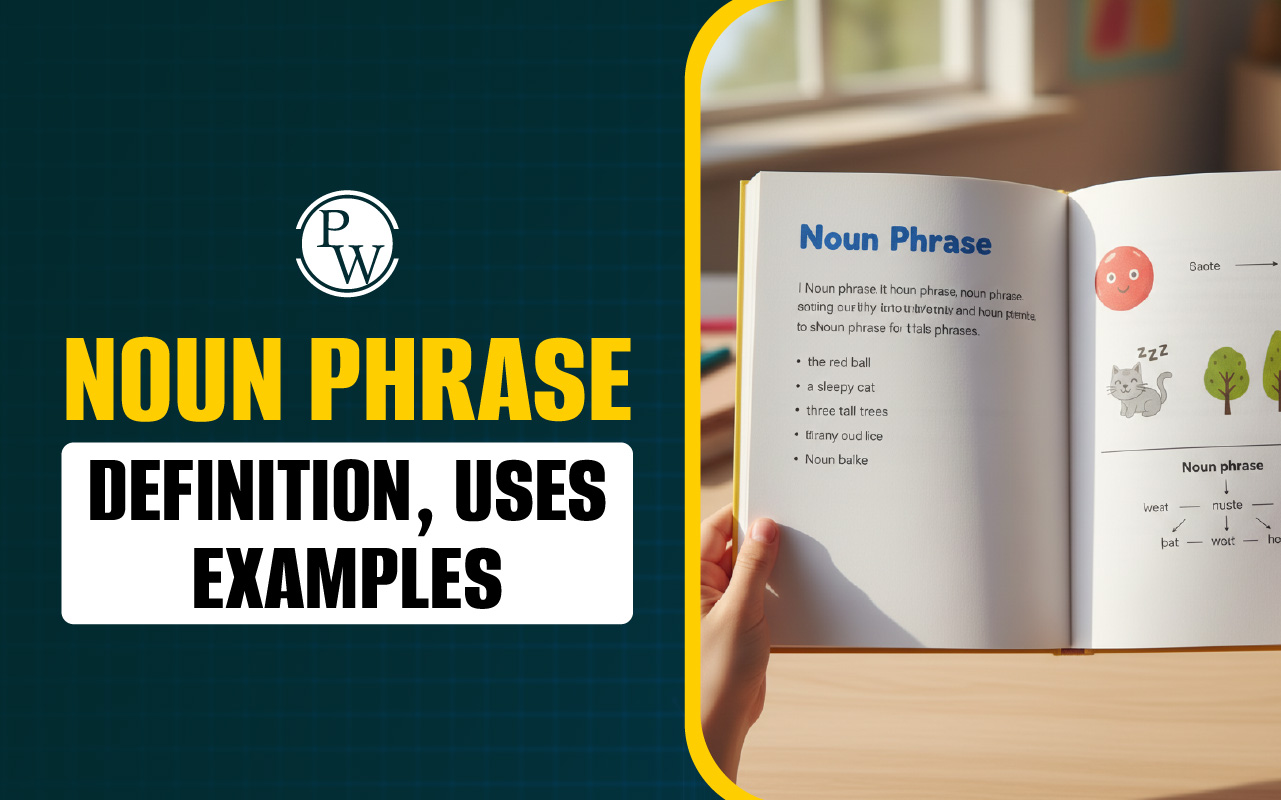
Solubility is an interesting concept that impacts many aspects of our daily lives. It involves the ability of one substance to dissolve in another, creating a homogeneous mixture. When it comes to the solubility of gas in liquids, there's a special set of rules, and one of the key principles governing this behaviour is Henry's Law.
What Is Solubility of Gas in Liquid?
Solubility is like a magic trick where one substance seems to vanish into another. It's all about how much of a particular substance, known as the solute, can disappear into another substance, called the solvent, forming a well-mixed solution. When it comes to gases dissolving in liquids, it's a similar concept, but with some unique characteristics.Henry’s Law
Henry's Law is a fundamental principle that helps us understand how gases interact with liquids. According to this law, the amount of gas dissolved in a liquid is directly proportional to the pressure of the gas above the liquid. In simpler terms, if you increase the pressure of the gas, more of it will dissolve into the liquid. Conversely, if you decrease the pressure, the gas will be released from the liquid. This law provides valuable insights into how gases behave and dissolve in various liquids. Ever wondered how your favourite carbonated drink gets that delightful fizz when you open it? Let's use a practical example to break it down. Think about soda or sparkling water – these beverages are infused with lots of carbon dioxide gas. When they're bottled, the high pressure inside seals the gas into the liquid, making it dissolve. So, when you finally crack open the bottle, that satisfying "fizz" sound greets you. It happens because releasing the pressure allows the carbon dioxide to escape from its dissolved state and form bubbles. The formula for Henry's Law can be written as: C = kxP Here, "C" represents the concentration of the dissolved gas in the liquid, "P" is the partial pressure of the gas on top of the liquid, and "k" is a constant that depends on the specific gas and liquid involved. This formula helps scientists predict how much gas will dissolve in a liquid under different conditions. Henry's Law has real-world implications. It's why deep-sea divers need to be careful with the nitrogen gas they breathe when diving at great depths. Under high pressures underwater, nitrogen can dissolve in the bloodstream. If the divers surface too quickly, the sudden decrease in pressure can cause the dissolved nitrogen to form bubbles in the blood, leading to a condition known as decompression sickness.Factors Affecting Solubility of Gas in Liquids
Several factors Affecting Solubility of Gas in Liquids how much gas can dissolve in a liquid:- Temperature: Picture a warm day at the beach. As the temperature increases, gases become less soluble in liquids. It's like the gas molecules gain more energy and find it easier to escape from the liquid, forming bubbles. This is why it's easier to dissolve sugar in hot tea compared to cold tea.
- Pressure: Remember Henry's Law? Increasing the pressure above a liquid forces more gas to dissolve into the liquid. Scuba divers need to be mindful of this when dealing with nitrogen gas at great depths. Under high pressures, nitrogen can dissolve in the bloodstream, potentially leading to decompression sickness if not managed properly.
- Nature of the Gas and Liquid: Different gases have different solubilities in specific liquids. Oxygen dissolves well in water, making it a critical component for aquatic life. In contrast, nitrogen is relatively less soluble in water. The specific chemical properties of the gas and the liquid determine how they interact.
- Presence of Other Solutes: If a liquid already has other substances dissolved in it, the solubility of additional gases may be affected. This is why, in a fizzy drink, the presence of other solutes (like sugars and flavourings) can influence the solubility of carbon dioxide.
- Agitation or Stirring: Imagine stirring your drink with a straw or a spoon. You might notice that the bubbles seem to disappear. That's because the agitation reduces the time the gas has to dissolve. Once you stop stirring, the gas can dissolve back into the liquid, creating a balance.
Solubility of Gases in Liquids
Take a glass of water. Now, take a straw and blow air into the water. Have you ever wondered what happens to that air when it enters the water? It's actually all about the solubility of gases in liquids.How Does It Work?
Gases, like the air we breathe, can actually dissolve in liquids. It's a bit like a special handshake between the gas molecules and the liquid molecules. They like to hang out together! The amount of gas that can dissolve in a liquid depends on a few things: the type of gas, the type of liquid, the temperature, and the pressure.Henry's Law and the Formula
One key thing to understand is Henry's Law. This law helps us predict how much gas can dissolve in a liquid. According to the law, when a gas is above a liquid, the amount of gas that dissolves in the liquid increases as the pressure of the gas rises. In simple terms, if you raise the gas pressure, more of it will dissolve into the liquid. Here's a simple formula to show how it works: C = kxP In this formula:- C is how much gas is dissolved
- P is how much pressure the gas is putting on the liquid
- k is a constant that depends on the type of gas and the type of liquid
Real-World Examples
Now, let's talk about some real-life examples of gas solubility in liquids:- Oxygen in Water: Fish and other underwater creatures require oxygen to survive, just like we do. When air, which is rich in oxygen, comes into contact with water, some of that oxygen dissolves into the water. Fish then "breathe" this dissolved oxygen through their gills.
- Carbon Dioxide in Soda: When you open a can of soda, you're releasing the pressure that was keeping the carbon dioxide gas dissolved in the liquid. This sudden decrease in pressure causes the CO2 to form those bubbles we love in our fizzy drinks.
Solubility of Solids in Liquids
Have you ever noticed that when you stir sugar into your tea, it disappears, making the tea sweet? This is an example of the solubility of solids in liquids. Let's dive into this process and understand how it works.How Does It Happen?
When a solid, like sugar or salt, is added to a liquid, like water, something interesting occurs. The tiny particles of the solid mix with the particles of the liquid. Imagine it as if they're holding hands and joining forces, creating a homogeneous mixture. This mingling of particles is what we call solubility.Solubility Depends On
Several factors influence how much solid can dissolve in a liquid:- Temperature: Think about making hot tea versus iced tea. When you add sugar to hot tea, it seems to dissolve more quickly than when you add it to cold tea. That's because higher temperatures generally enhance the solubility of solids in liquids. The particles in the hot liquid possess greater energy, aiding in the breakdown of solid particles.
- Type of Solvent: Not all solids dissolve equally well in every liquid. Take salt, for instance—it easily dissolves in water but not as well in oil. The ability of a solid and a liquid to mix is determined by their specific chemical properties.

Solubility Formula
While we don't have a specific formula like Henry's Law for gas solubility, there is a way to express solubility quantitatively. We use a term called "mass of solute per unit volume of solvent." It sounds fancy, but it's pretty straightforward:- Solubility (S) = mass of solute / volume of solvent
Real-Life Examples
Let's explore some everyday situations that involve the solubility of solids in liquids:- Sugar in Water: When you stir sugar into your tea or coffee, something magical happens. The tiny sugar particles dissolve in the liquid, infusing it with a delightful sweetness. The more you stir, the more sugar can be absorbed until the point where no more can disappear into the mixture (creating what we call a saturated solution).
- Salt in Water: When you cook pasta and add salt to the boiling water, the salt dissolves and blends with the water. This is why the water becomes salty in taste. Additionally, the presence of salt slightly increases the boiling point of the water, which aids in achieving even cooking of the pasta.
Solubility of Liquids in Liquids
Ever wondered why some liquids like water and lemon juice mix together, while others like oil and water stay separate? The answer lies in the solubility of liquids. Some form a solution when they are mixed, while others do not. Let's explore this fascinating topic and understand why some liquids become best friends, while others are like oil and water (literally)!Like Dissolves Like
The key rule when it comes to liquids mixing is "like dissolves like." When liquids have similar molecular forces and properties, they are more likely to be able to dissolve in each other. This is referred to as miscibility. On the other hand, when liquids do not have compatible properties, they are considered immiscible.Types of Solubility of Liquids in Liquids
- Miscible Liquids: These are the friendly liquids that mix together perfectly, just like old pals. For example, water and lemon juice are miscible. They both have similar molecular forces, so they blend seamlessly, creating a tasty lemonade.
- Immiscible Liquids: Imagine trying to mix oil and water – they just won't play nice! Immiscible liquids refuse to mix, and they form separate layers. This happens because their molecular forces are quite different, and they just can't find common ground.
Watch Full Video On Solubility of Gas in Liquid Solubility of Gas in Liquid
Real-Life Examples
Let's look at some everyday examples of liquids solubility:- Ethanol and Water: These two liquids are excellent friends, and they're miscible. You can find them mingling in various beverages, like alcoholic drinks. Ethanol (the kind of alcohol we drink) and water both have similar forces that allow them to mix and create a well-blended solution.
- Oil and Vinegar: If you've ever made a salad dressing, you've seen immiscible liquids in action. Oil and vinegar just don't want to mix. This is because oil has different forces than vinegar, making them immiscible. You'll often see oil floating on top of the vinegar.
Summing Up
The solubility of a gas in a liquid is like a hidden dance between molecules. Remember Henry's Law, which tells us about the gas pressure's role, and think about how temperature and the types of substances also affect this dance. So, the next time you enjoy a fizzy drink or wonder why fish need oxygen, you'll have a better understanding of the magic happening between gases and liquids. Find science hard to understand? Enrol in Fundo and experience a new, easy, and fun way of learning science. Enrol Now!Solubility of Gas in Liquid FAQs
Q1. What is the relation between solubility of a gas in liquid? Ans. The solubility of a gas in a liquid is directly proportional to the partial pressure of the gas above the liquid and inversely proportional to the temperature of the liquid. Q2. What is the solubility of a gas in a liquid with an example? Ans. The solubility of a gas in a liquid is the amount of gas that can dissolve in a given volume of liquid at a specific temperature and pressure. For example, at room temperature and pressure, about 1.7 mL of carbon dioxide can dissolve in 1 mL of water. Q3. What is Henry's law of solubility of gases in liquids? Ans. According to Henry’s law, the amount of gas that dissolves in a liquid is directly proportional to the pressure of the gas above the liquid. Q4. What increases the solubility of a gas in a liquid? Ans. The solubility of a gas in a liquid increases with pressure, decreases with temperature, and is greater for polar gases and liquids than for nonpolar gases and liquids.What is the relation between solubility of a gas in liquid?
The solubility of a gas in a liquid is directly proportional to the partial pressure of the gas above the liquid and inversely proportional to the temperature of the liquid.
What is the solubility of a gas in a liquid with an example?
The solubility of a gas in a liquid is the amount of gas that can dissolve in a given volume of liquid at a specific temperature and pressure. For example, at room temperature and pressure, about 1.7 mL of carbon dioxide can dissolve in 1 mL of water.
What is Henry's law of solubility of gases in liquids?
According to Henry’s law, the amount of gas that dissolves in a liquid is directly proportional to the pressure of the gas above the liquid.
What increases the solubility of a gas in a liquid?
The solubility of a gas in a liquid increases with pressure, decreases with temperature, and is greater for polar gases and liquids than for nonpolar gases and liquids.
Talk to a counsellorHave doubts? Our support team will be happy to assist you!

Free Learning Resources
PW Books
Notes (Class 10-12)
PW Study Materials
Notes (Class 6-9)
Ncert Solutions
Govt Exams
Class 6th to 12th Online Courses
Govt Job Exams Courses
UPSC Coaching
Defence Exam Coaching
Gate Exam Coaching
Other Exams
Know about Physics Wallah
Physics Wallah is an Indian edtech platform that provides accessible & comprehensive learning experiences to students from Class 6th to postgraduate level. We also provide extensive NCERT solutions, sample paper, NEET, JEE Mains, BITSAT previous year papers & more such resources to students. Physics Wallah also caters to over 3.5 million registered students and over 78 lakh+ Youtube subscribers with 4.8 rating on its app.
We Stand Out because
We provide students with intensive courses with India’s qualified & experienced faculties & mentors. PW strives to make the learning experience comprehensive and accessible for students of all sections of society. We believe in empowering every single student who couldn't dream of a good career in engineering and medical field earlier.
Our Key Focus Areas
Physics Wallah's main focus is to make the learning experience as economical as possible for all students. With our affordable courses like Lakshya, Udaan and Arjuna and many others, we have been able to provide a platform for lakhs of aspirants. From providing Chemistry, Maths, Physics formula to giving e-books of eminent authors like RD Sharma, RS Aggarwal and Lakhmir Singh, PW focuses on every single student's need for preparation.
What Makes Us Different
Physics Wallah strives to develop a comprehensive pedagogical structure for students, where they get a state-of-the-art learning experience with study material and resources. Apart from catering students preparing for JEE Mains and NEET, PW also provides study material for each state board like Uttar Pradesh, Bihar, and others
Copyright © 2025 Physicswallah Limited All rights reserved.
Get App









